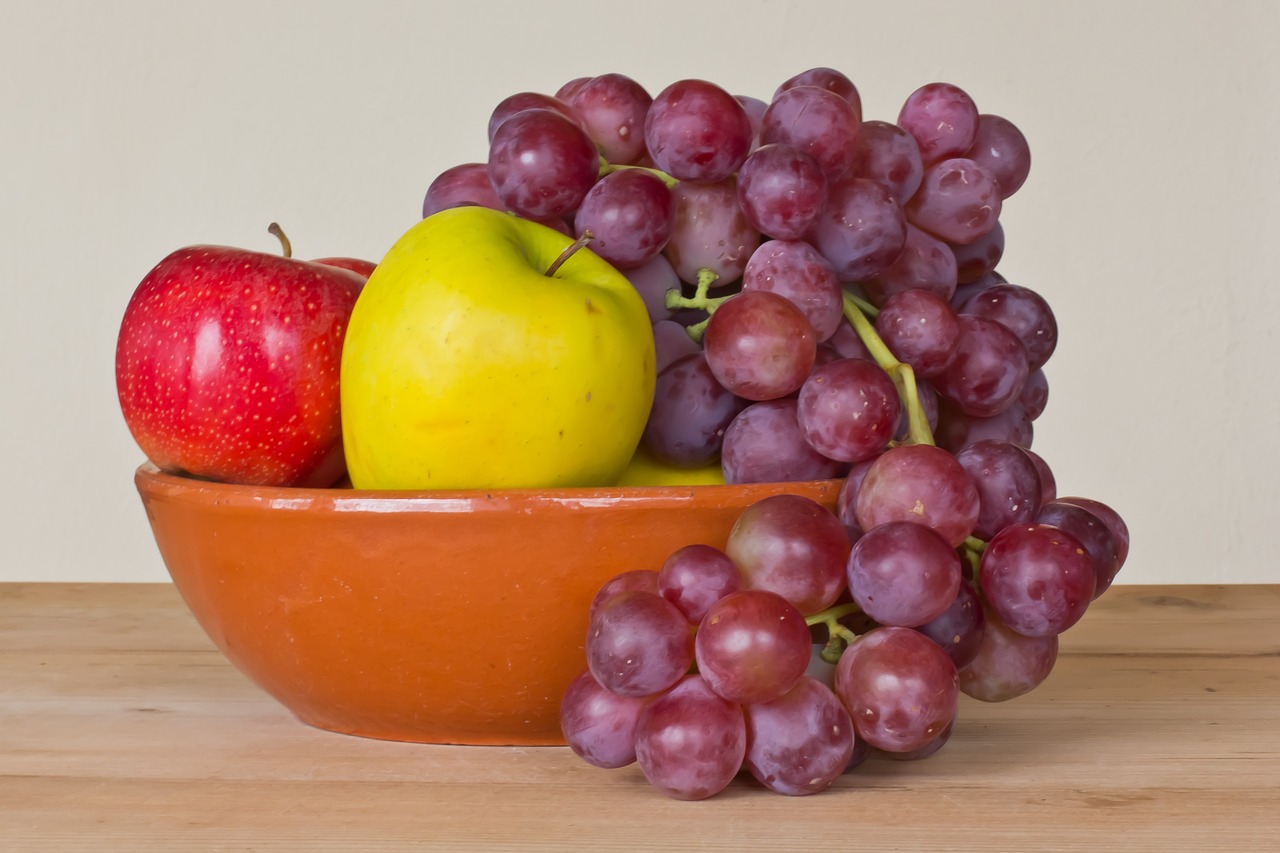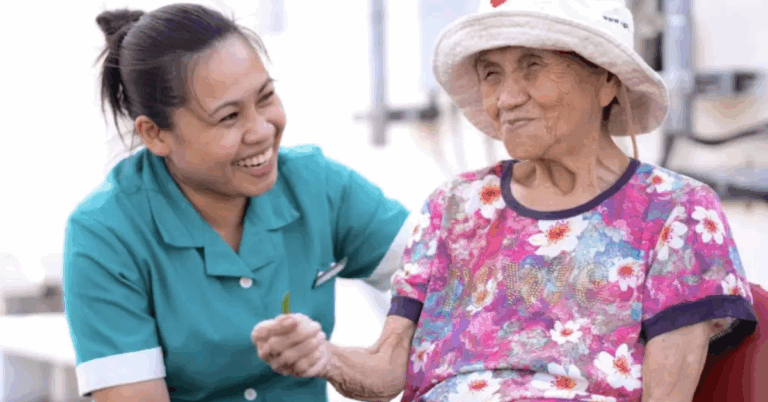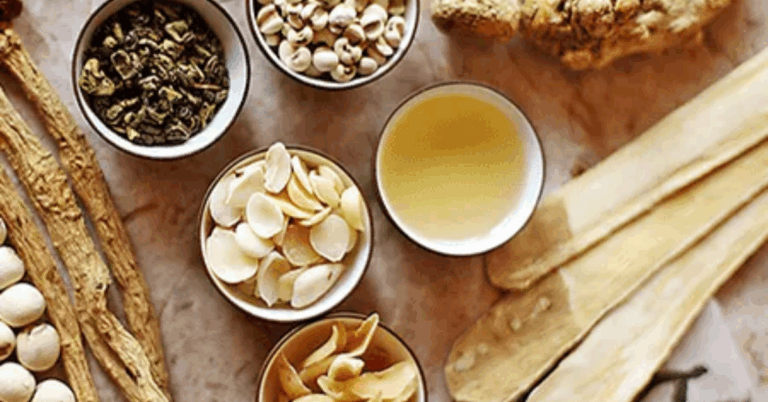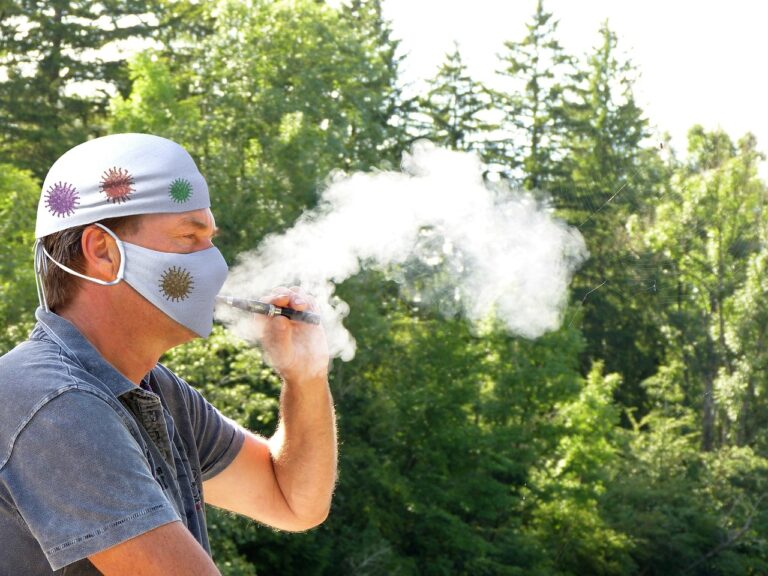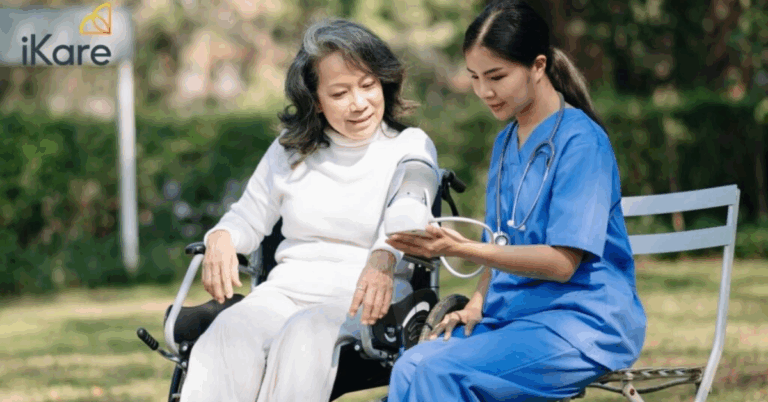Understanding the Benefits of Traditional Healing Practices in Daily Life
Traditional healing practices have existed for centuries, deeply rooted in the cultural beliefs and traditions of communities around the world. These ancient practices have been passed down through generations, evolving and adapting to different environments and belief systems. From herbs and natural remedies to energy healing and spiritual rituals, traditional healing approaches encompass a wide range of methods that have been used for healing and wellness.
Throughout history, traditional healing practices have played a significant role in maintaining the health and well-being of individuals and communities. In many cultures, traditional healers were highly respected members of society, possessing deep knowledge of herbal medicine, spiritual rituals, and techniques for restoring balance and harmony to the body and mind. These practices were often intertwined with cultural and spiritual beliefs, reflecting a holistic approach to health that considered the interconnectedness of the physical, mental, and spiritual aspects of a person.
Different Types of Traditional Healing Practices
Traditional healing practices encompass a wide range of approaches passed down through generations. Herbalism, a prevalent form of traditional healing, involves utilizing the therapeutic properties of various plants to promote health and wellbeing. Herbal remedies are often concocted from leaves, roots, and flowers, each believed to possess specific healing properties.
Another common traditional healing method is acupuncture, originating from ancient Chinese medicine. This practice involves inserting thin needles into specific points on the body to restore the flow of energy, known as qi. Acupuncture is often used to alleviate pain, improve circulation, and treat a variety of ailments, aligning with the belief in the body’s innate ability to heal itself.
The Cultural Significance of Traditional Healing
Traditional healing practices are deeply rooted in cultural beliefs and traditions passed down through generations. These practices often hold significant value in communities around the world, serving as more than just a means of physical healing. They play a vital role in maintaining a sense of identity and connection to one’s heritage.
The cultural significance of traditional healing lies in its ability to offer holistic care, addressing not only the physical symptoms but also the emotional and spiritual well-being of individuals. These practices embody a sense of community and belonging, fostering a bond between individuals and their cultural roots.
What is traditional healing?
Traditional healing refers to the various practices and techniques that have been passed down through generations within a particular culture or community to promote healing and wellbeing.
Are traditional healing practices effective?
Many people believe in the effectiveness of traditional healing practices, as they often take into account the holistic nature of health and wellness.
How are traditional healing practices passed down through generations?
Traditional healing practices are typically passed down orally from one generation to the next, with practitioners learning from elders or through apprenticeships.
Can traditional healing practices be used in conjunction with modern medicine?
Yes, traditional healing practices can often complement modern medicine and be used in conjunction with it to provide a more holistic approach to health and wellbeing.
Are traditional healing practices still relevant in today’s society?
Yes, traditional healing practices continue to hold cultural significance and are still practiced by many individuals and communities around the world.

